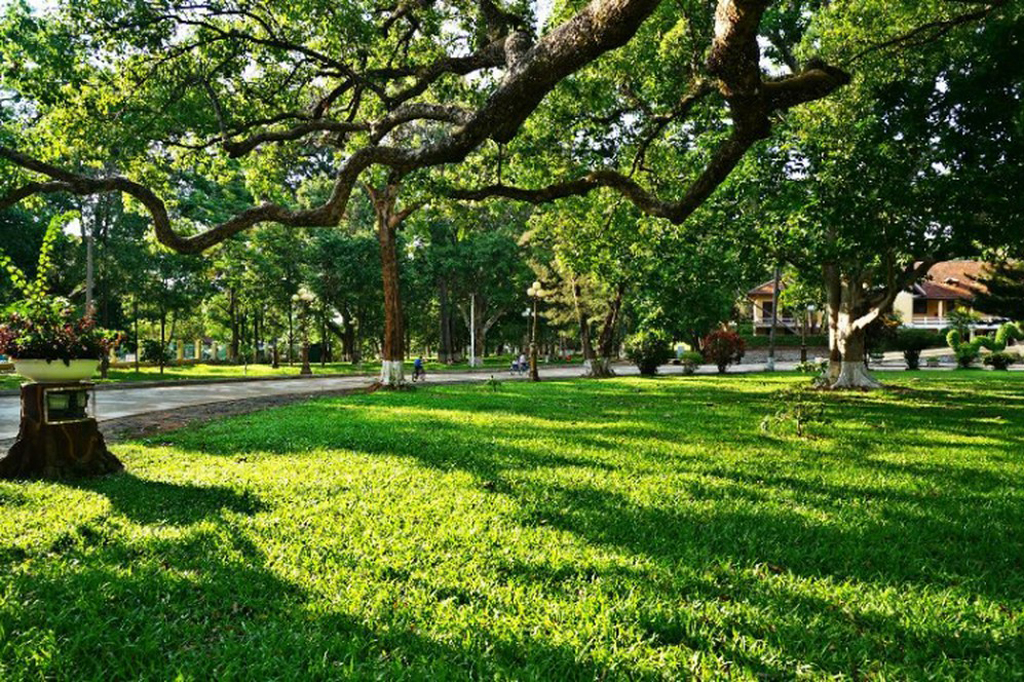
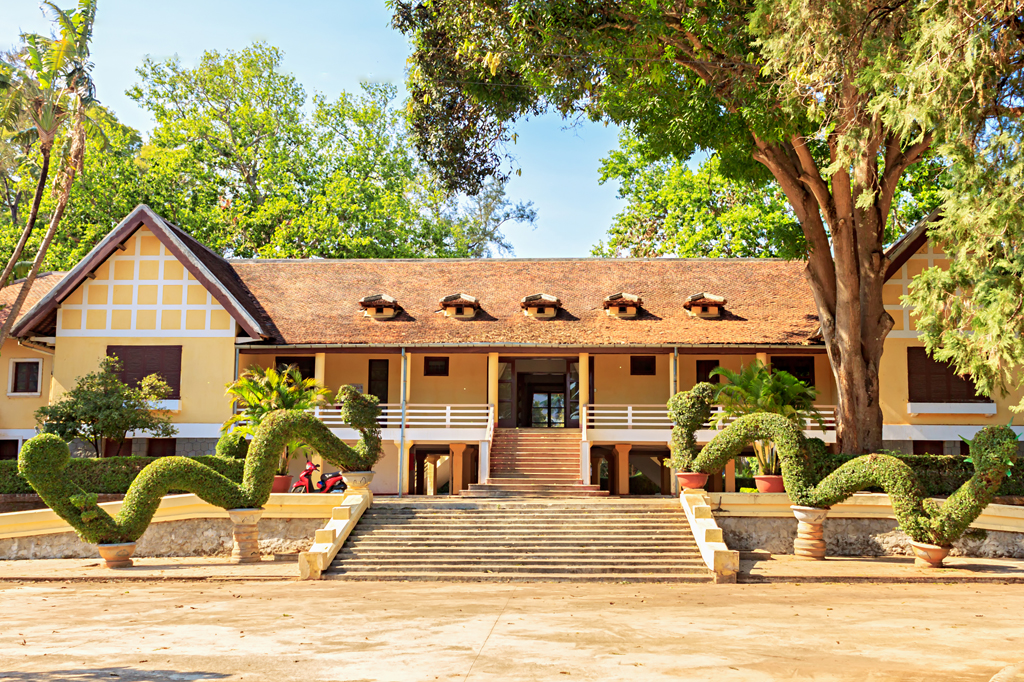
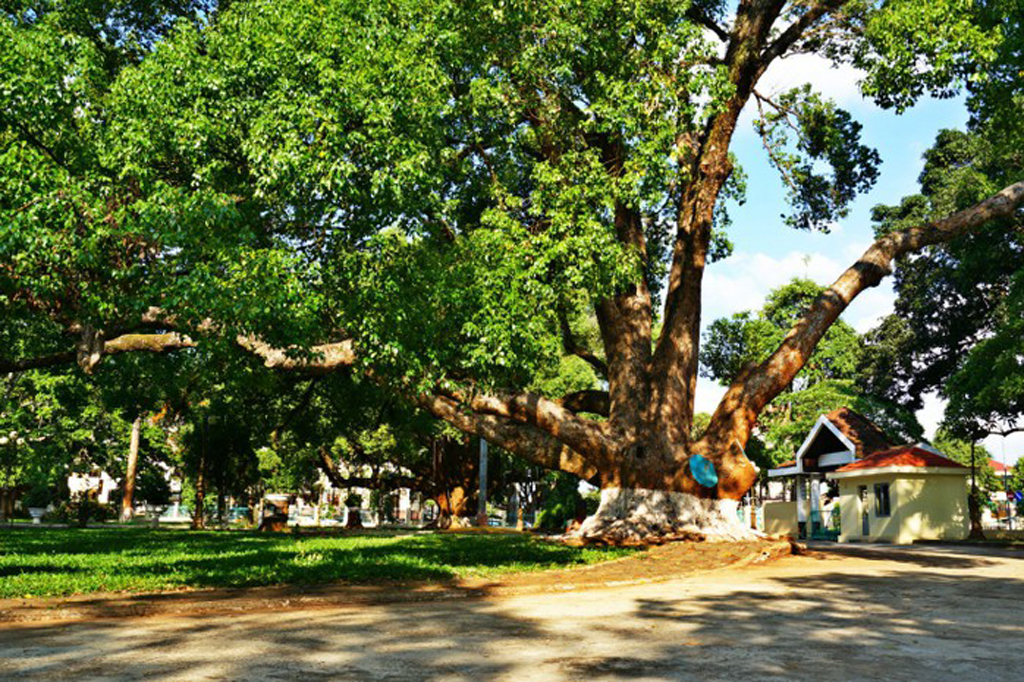
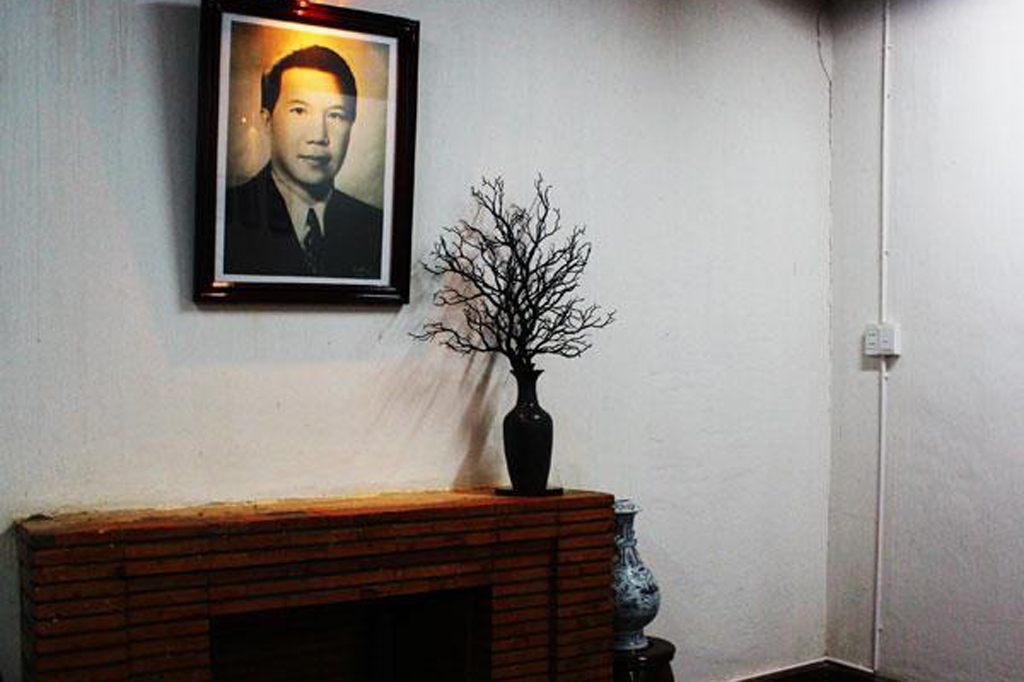







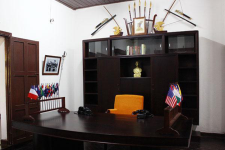
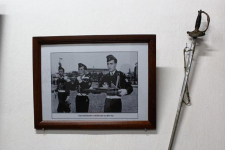
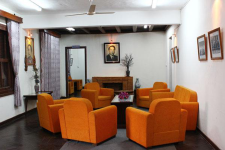
Price: 20,000VND-30,000VND
Phone: (0262) 3.858.358
Time to visit a place: 120 phút
Open Time: 7:30 AM - Close Time: 4:30 PM
Email: phongqldl@vhttdl.daklak.gov.vn
Address: Số 02 đường Y Ngông, Tân Tiến ward, Buon Ma Thuot city, Đắk Lắk privince
Open time:
07:30 - 16:30 from Tuesday to Friday every week
08:00 - 16:00 Saturday, Sunday and holidays
Historical site number 04 Nguyen Du (Bao Dai Palace) is located at 02 Y Ngong, Tan Tien ward, Buon Ma Thuot city.
This place before 1905 was Maison Lefévre restaurant - a disguised checkpoint to control the exchanges and relations of the Kram - Buon Ma Thuot people with other merchants and the Kinh people from the plain. In 1914, Ambassador Sabatier chose this site to build an office called the Sheriff's Office. In 1926, after replacing Ambassador Sabatier, Ambassador Giran renovated and built the building as it is today and called it the Résidence, the locals called it Sang Ae Prong (the big man's house). .
In November 1947, after being guaranteed by the French Government to return home as the Head of State, Bao Dai worked in this area for nearly 8 months (from November 1947 to about May 1948). In the years 1949 - 1954, every year at the beginning of the rainy season, he often came here to rest and hunt, so this house was also called Bao Dai Biet Dien.

Back in the past, at this relic in 1925, ethnic minority intellectuals led by teacher Y Jut surrounded and attacked the legation, with the main goal of destroying Sabatier. Although Sabatier has not been killed yet, the political and violent struggle of students, workers and officials led by teacher Y Jut broke out in the center of Dak Lak province (Buon Ma Thuot) and had a strong impact. to the ruling apparatus of the French colonialists - It resonated greatly with the compatriots of the country. It was also from this struggle that was the direct cause for the French government to make concessions to the ethnic people in Buon Ma Thuot - Dak Lak, to bring Giran to replace him.
In March 1945, when the Japanese fascists invaded Buon Ma Thuot, Ambassador Levo handed over the house as well as the entire Dak Lak government to the Japanese fascists. Also in this year, this relic has witnessed many historical events of the country in general and the Central Highlands - Dak Lak in particular. Since the historic event on August 24, 1945, the building has become the headquarters of the Revolutionary Advisory Council, where meetings are held to direct all work of protecting and building the government of the province and the State. in all respects. The Provincial Revolutionary Advisory Council meets once a week, in addition, during the period from August to December 1945, this is also the place to convene meetings of youth and women's unions... immediate and long-term work to propagate and educate all subjects in society, believe in the leadership of the Party and the Provisional Revolutionary Committee, build national unity, and defend the country. .
To gradually overcome economic difficulties, and at the same time encourage the tradition of self-reliance and self-reliance to rise to mastery of society and master of nature. In October 1945, in response to the golden week movement launched by the Government, the Party Committee and the provincial government organized an exhibition to display local products. On the occasion of organizing the fair, the Provincial Party Committee convened: “…Organize the swearing-in ceremony to unite the Ede, Kinh, M'nong and Giarai ethnic groups in the form of an exhibition lasting 3 days and 3 nights. . Through the fair, the people understood that the revolutionary government belonged to the people of all ethnic groups, and understood the Party and State's policy of great national unity." The fair and the swearing-in ceremony were the basis for creating the strength of the entire people in the line of our Party's people's war during the two resistance wars against the French and against the US in the Central Highlands in general and Dak Lak in particular.
Another important event also took place at this relic on December 1, 1945 while the French colonialists were relying on the Allies, plotting to annex our country for the second time, an important meeting discussed on the election of the first National Assembly of the Democratic Republic of Vietnam, chaired by Comrade Bui San (Former member of the Revolutionary Advisory Council in 1945). The meeting proposed options to elect the National Assembly in the whole province, by all means, to win even while the French colonialists may have been present in the whole province. The meeting was underway when suddenly the French attacked Buon Ma Thuot. Viet Minh forces fought back fiercely, many examples of fighting and sacrificing for the Fatherland, shining revolutionary heroism for generations to come.
After 1975, the relic was the first headquarters of the Provincial Party Committee of Dak Lak province - the center directing all activities, politics, economy and society of the province in the days of liberation. Part of the relic is used as a guest house of the Dak Lak Provincial Party Committee, once honored to welcome senior leaders of the Party and State when visiting and working in Dak Lak such as: General Secretary Le Duan (April 1978); President Truong Chinh (1982); Prime Minister Pham Van Dong; General Vo Nguyen Giap; President Vo Chi Cong,...

The relic was classified as a national monument by the Ministry of Culture and Information (now the Ministry of Culture, Sports and Tourism) according to Decision No. 02/1999/QD-BVHTT, dated January 26, 1999 of the Minister of Culture and Information.



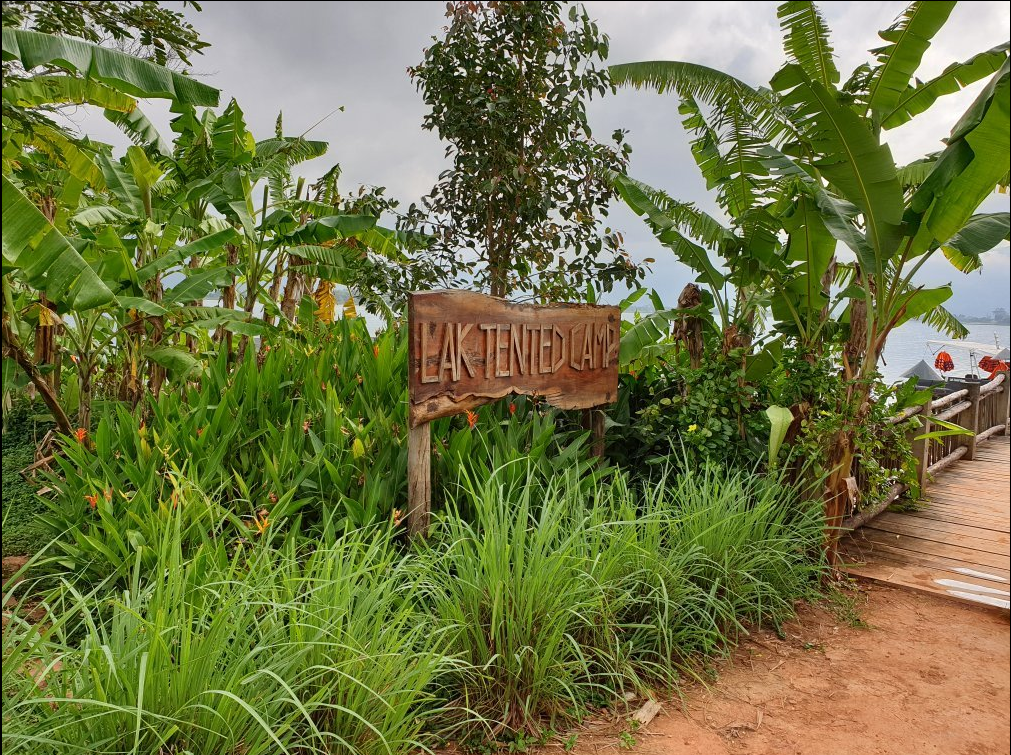

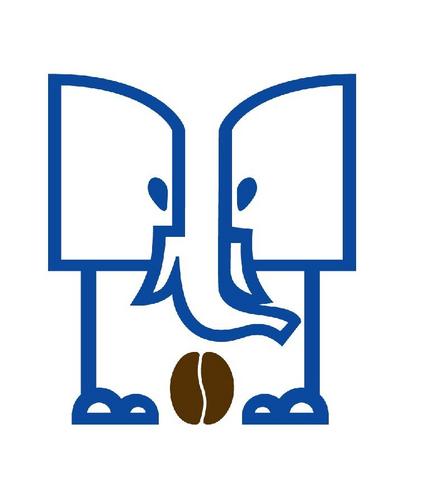
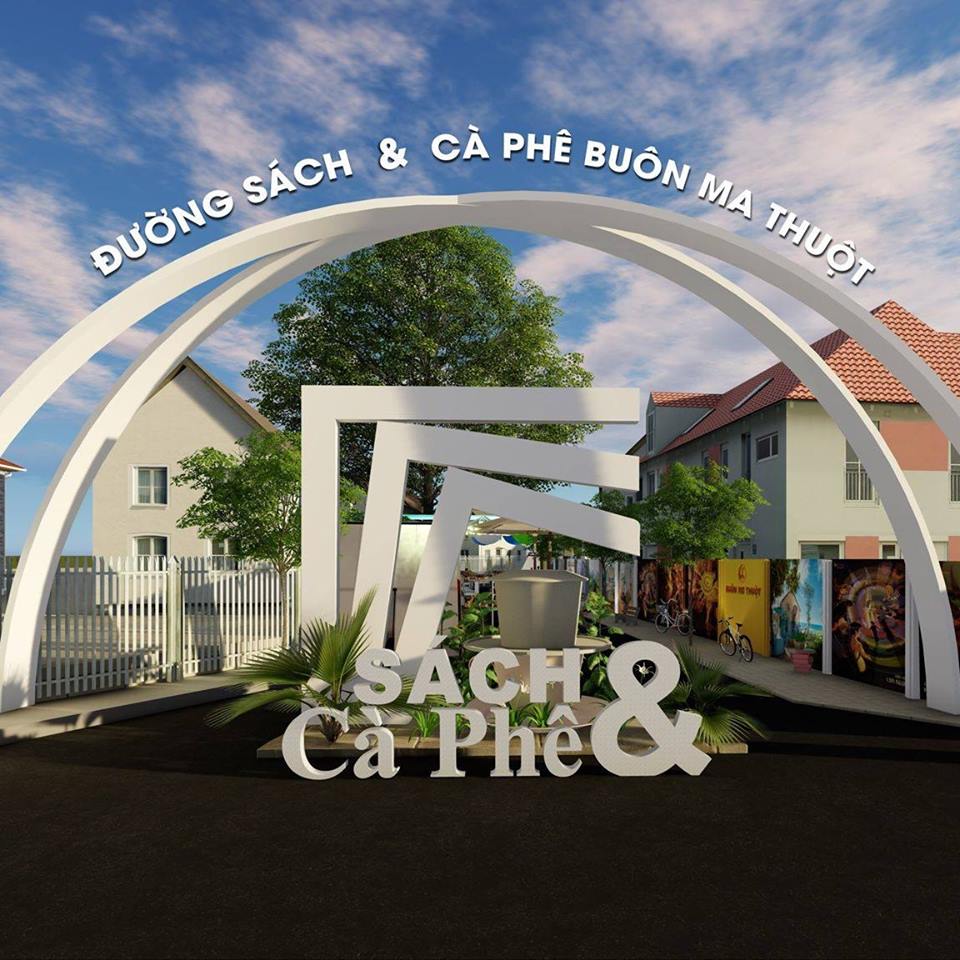

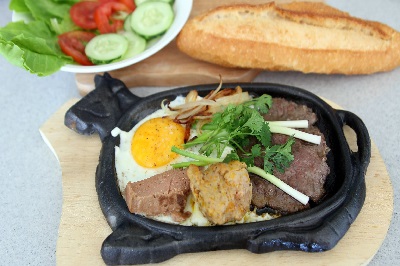
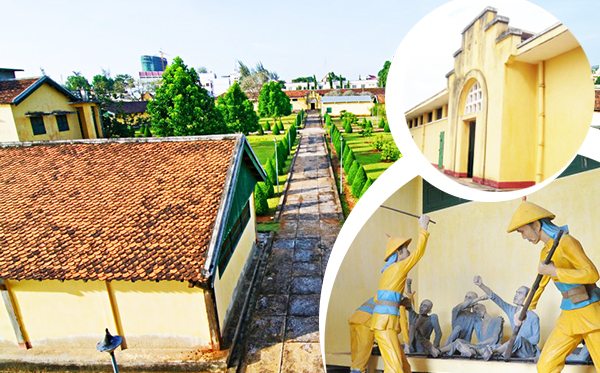
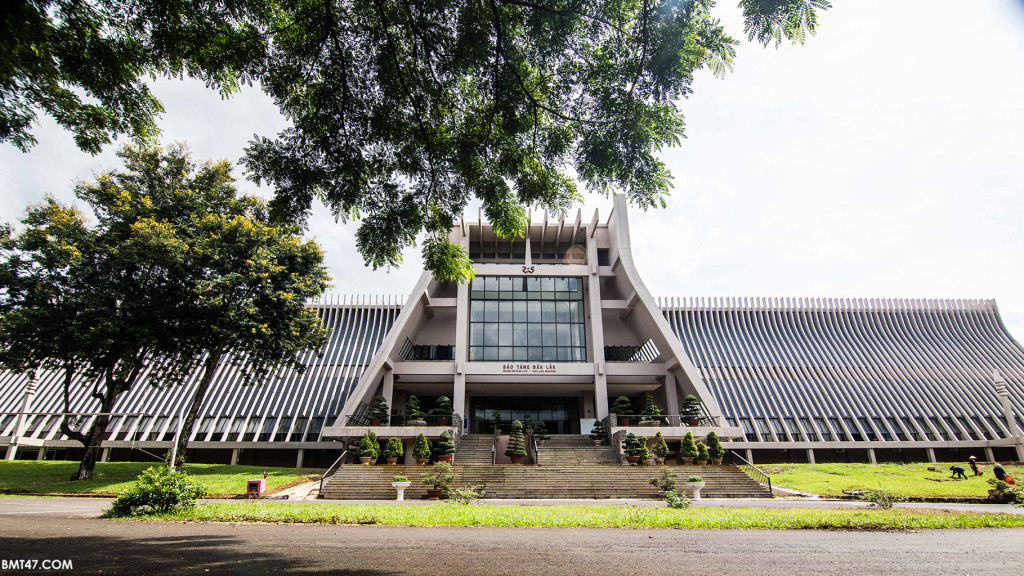
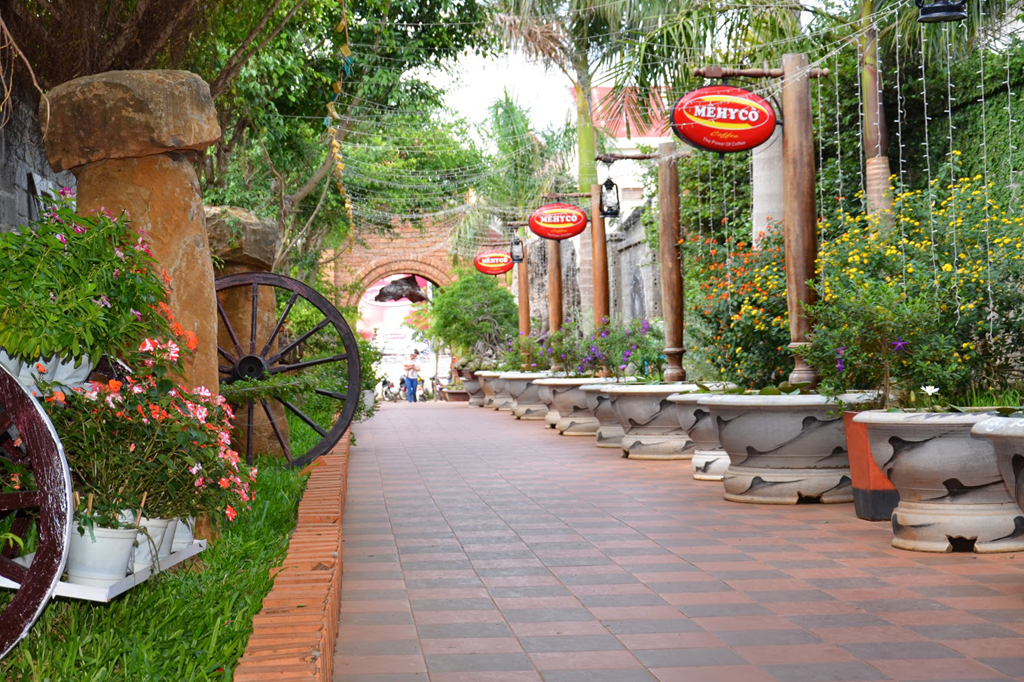


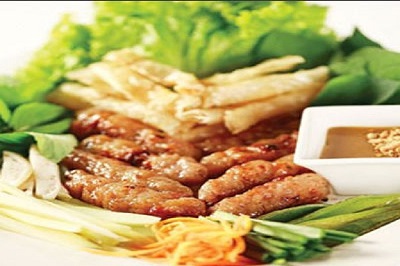
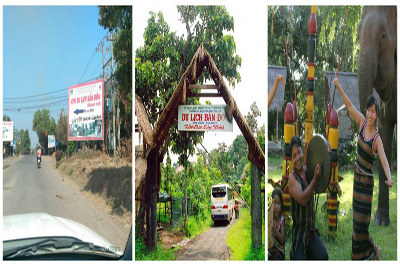



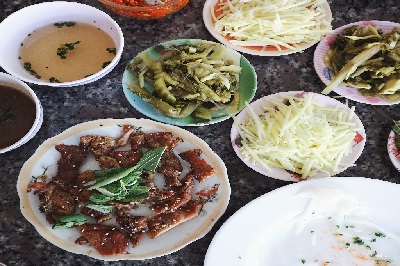
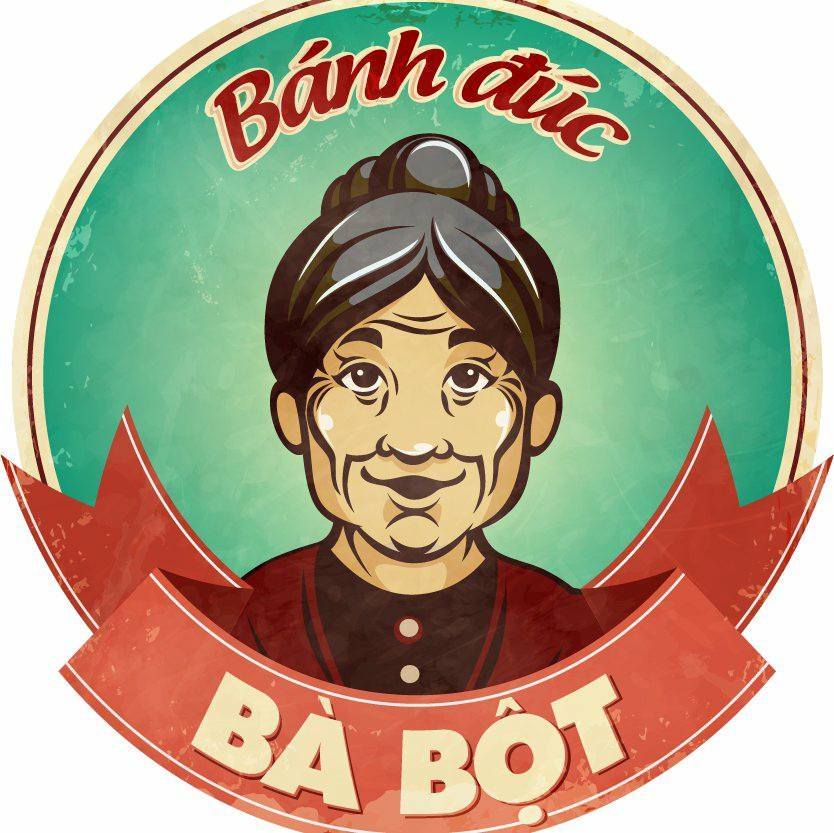
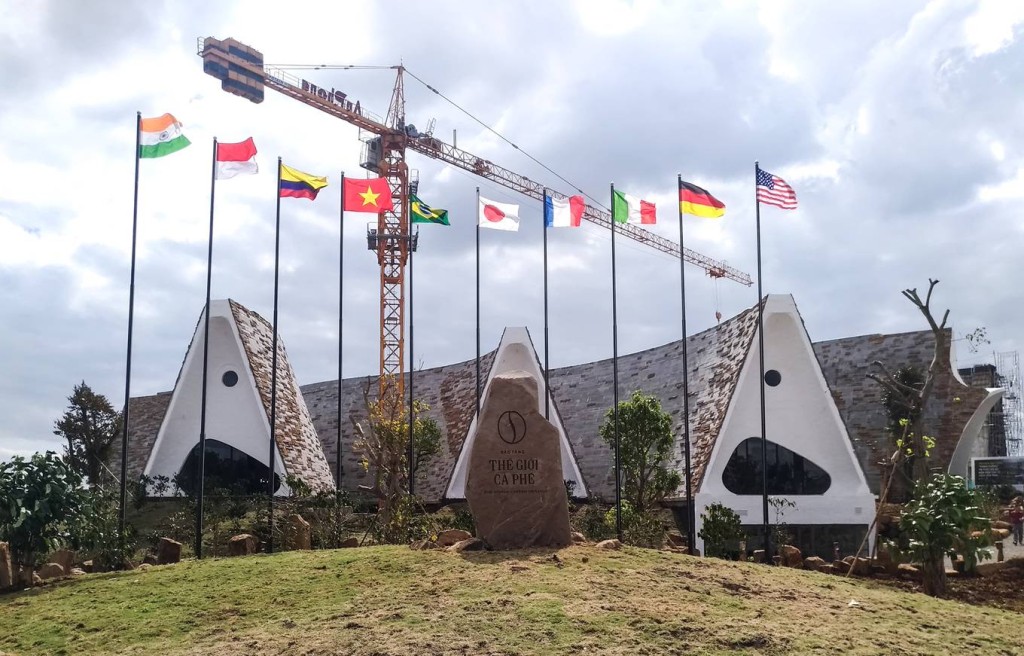
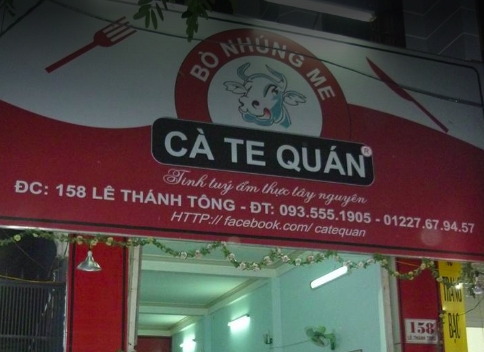





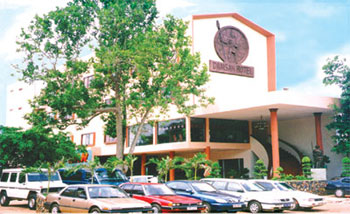
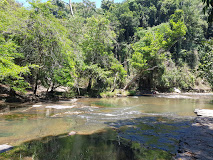

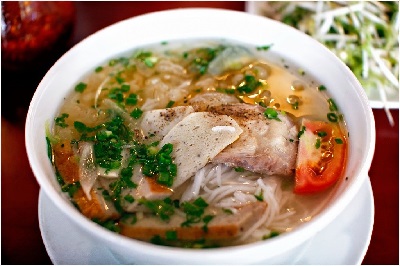

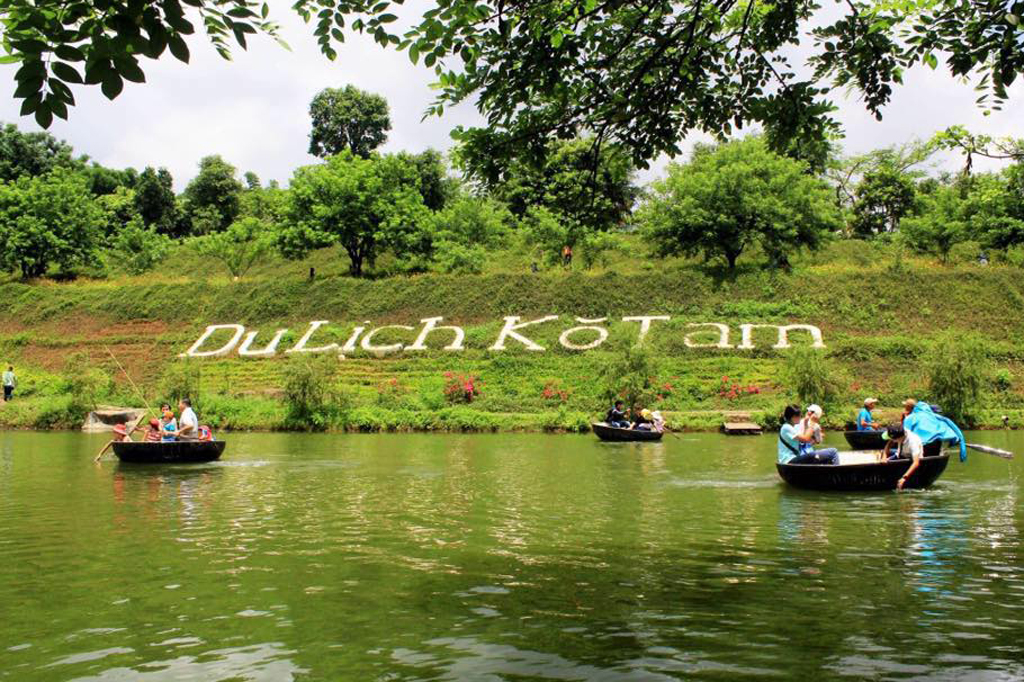
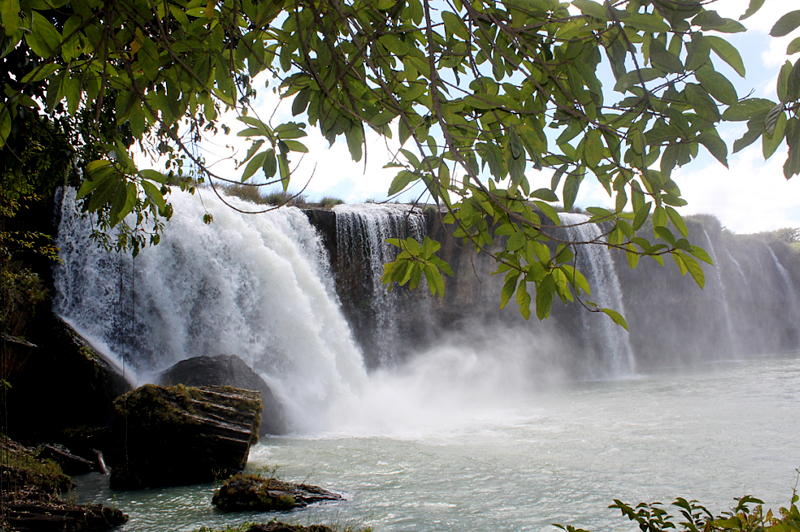

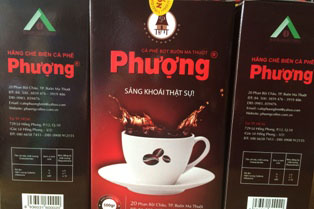
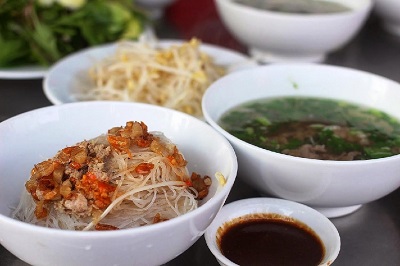


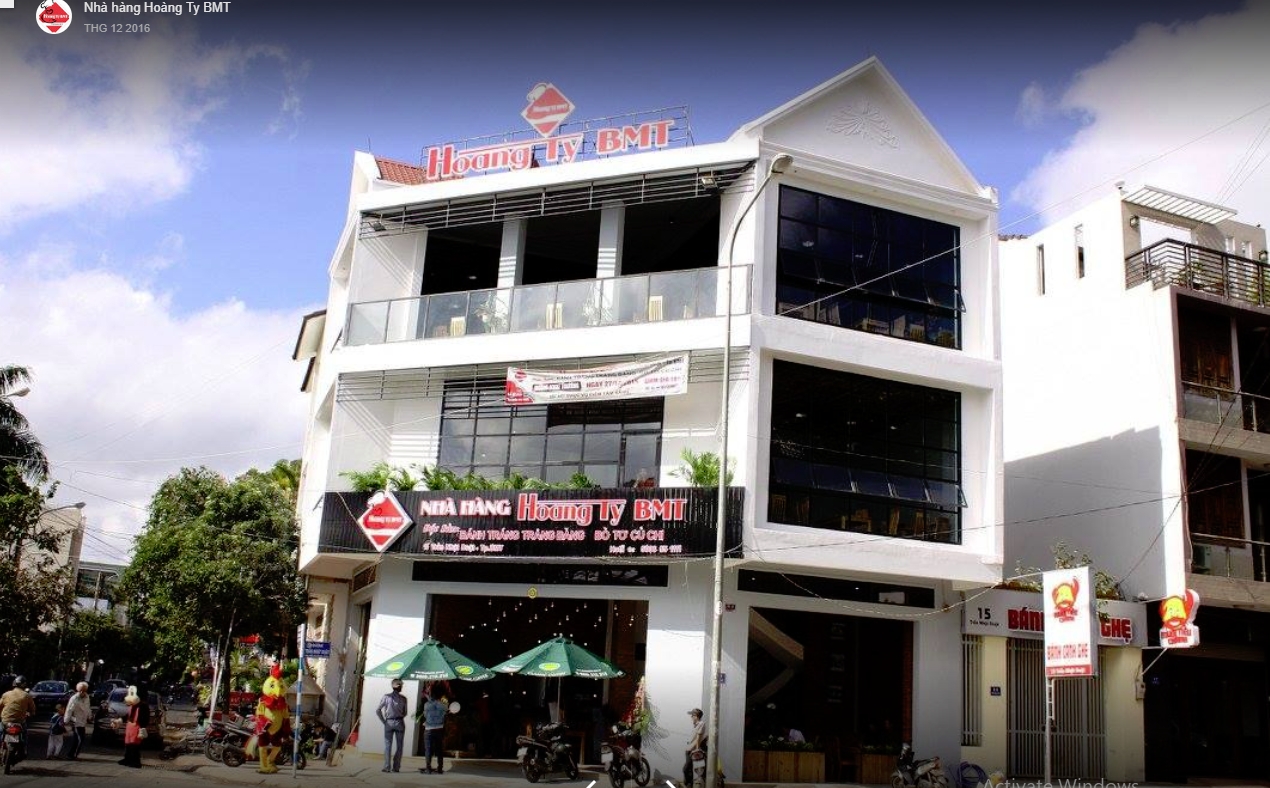





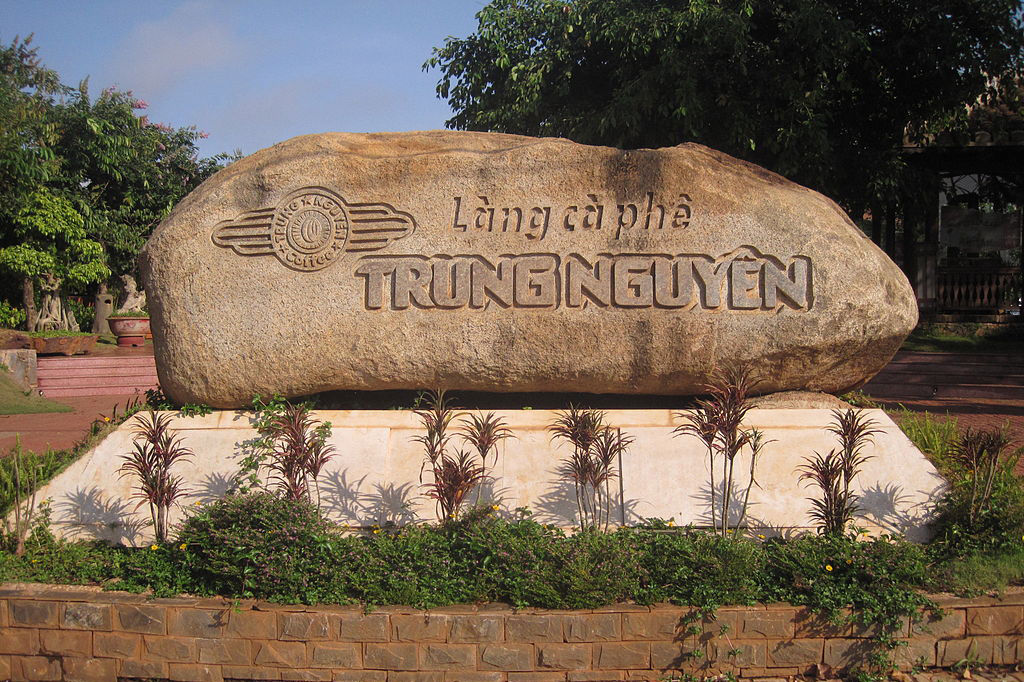

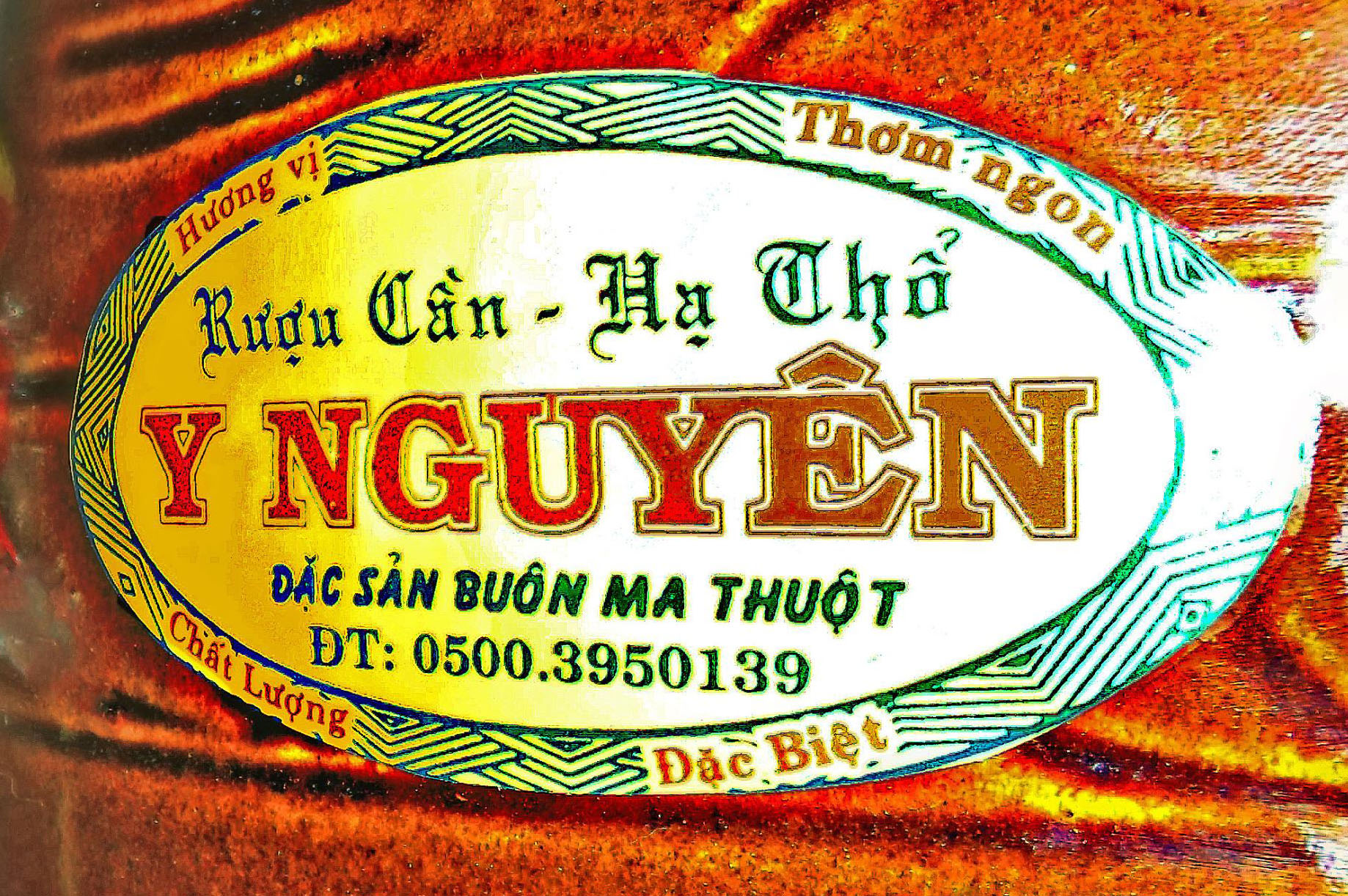

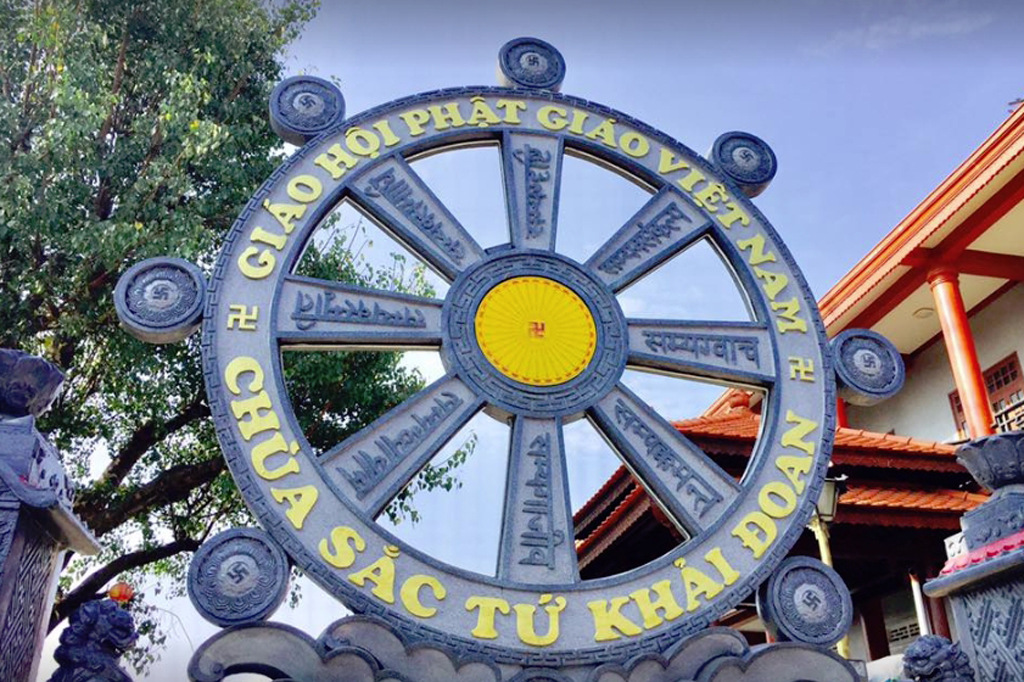



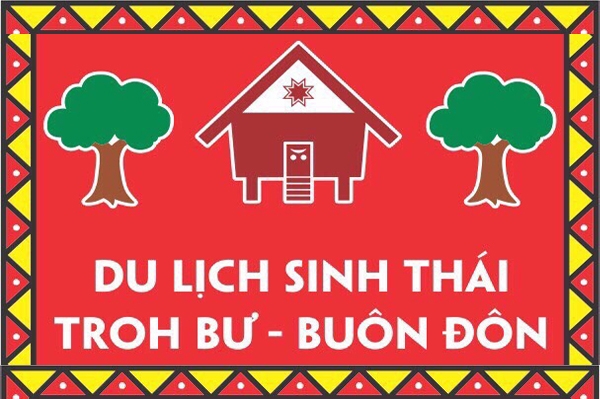
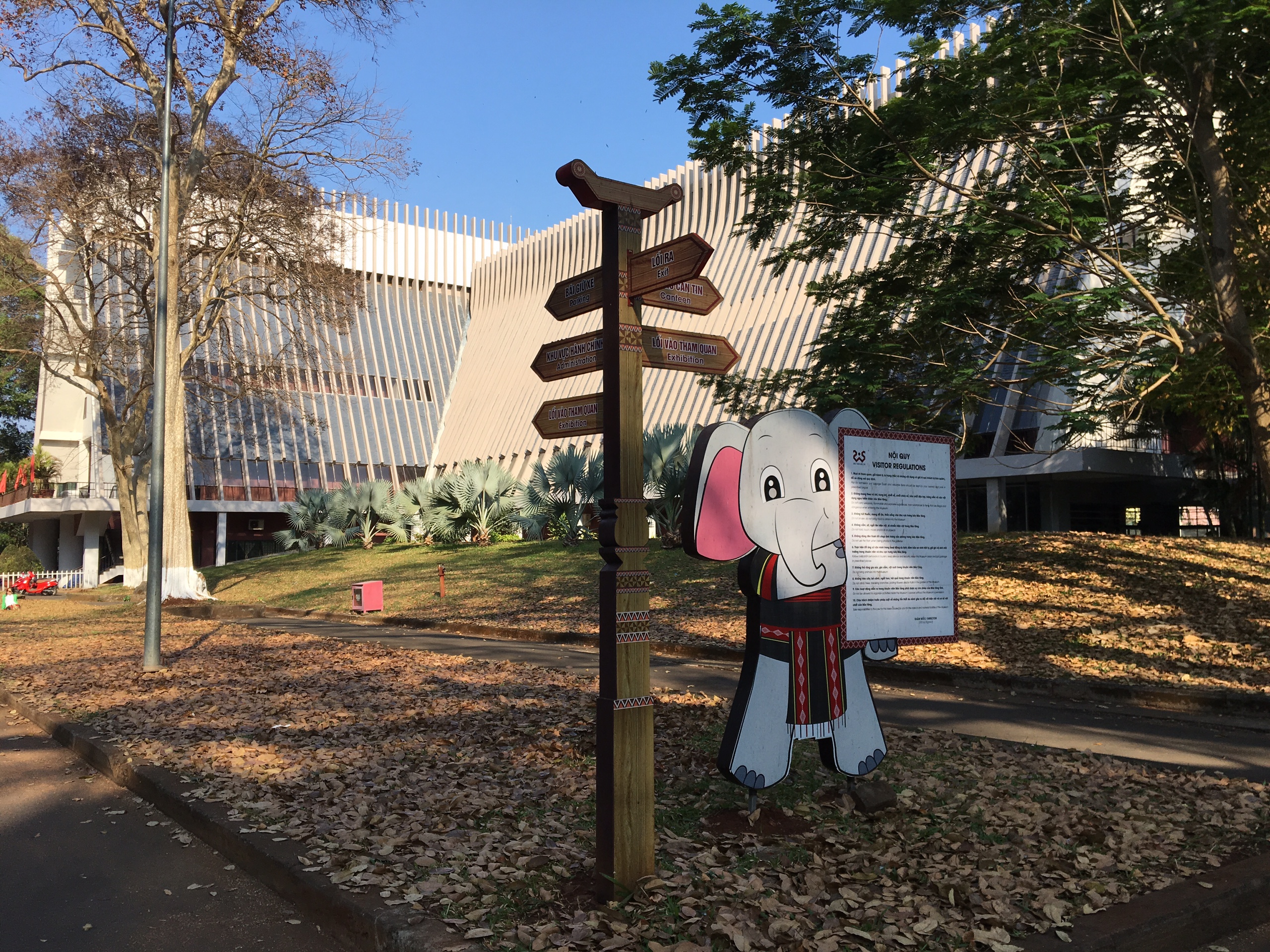
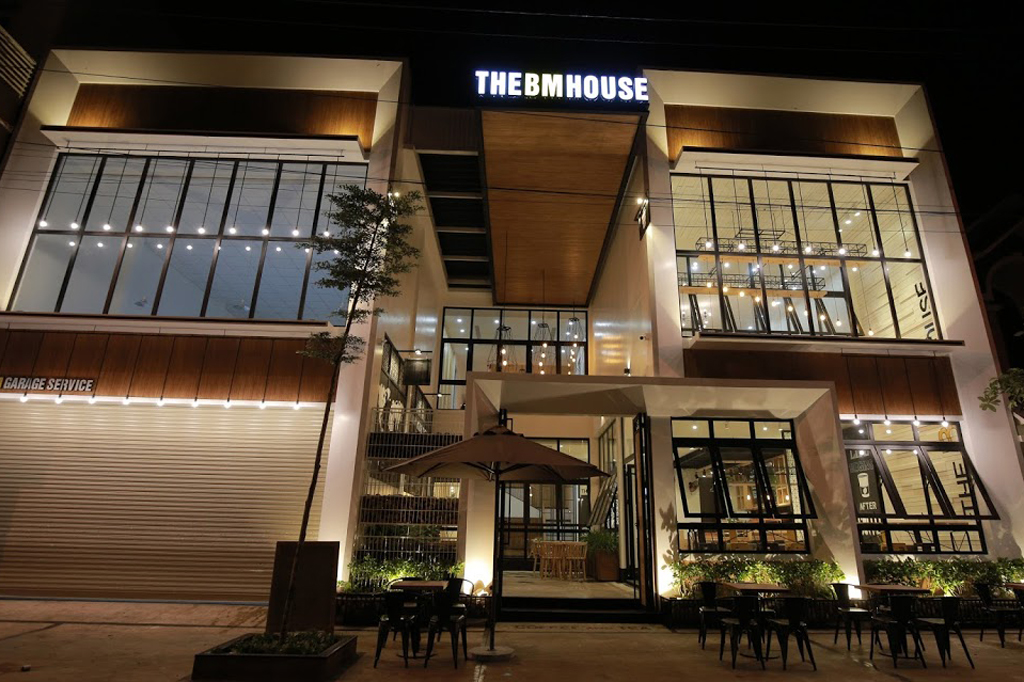

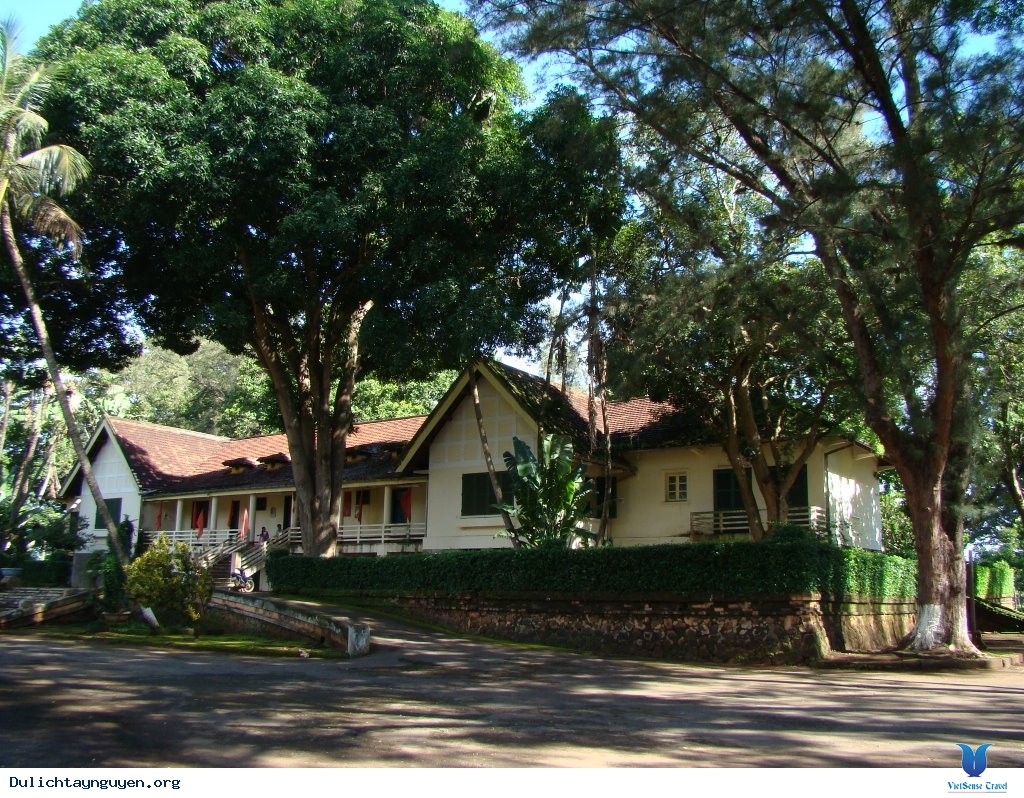




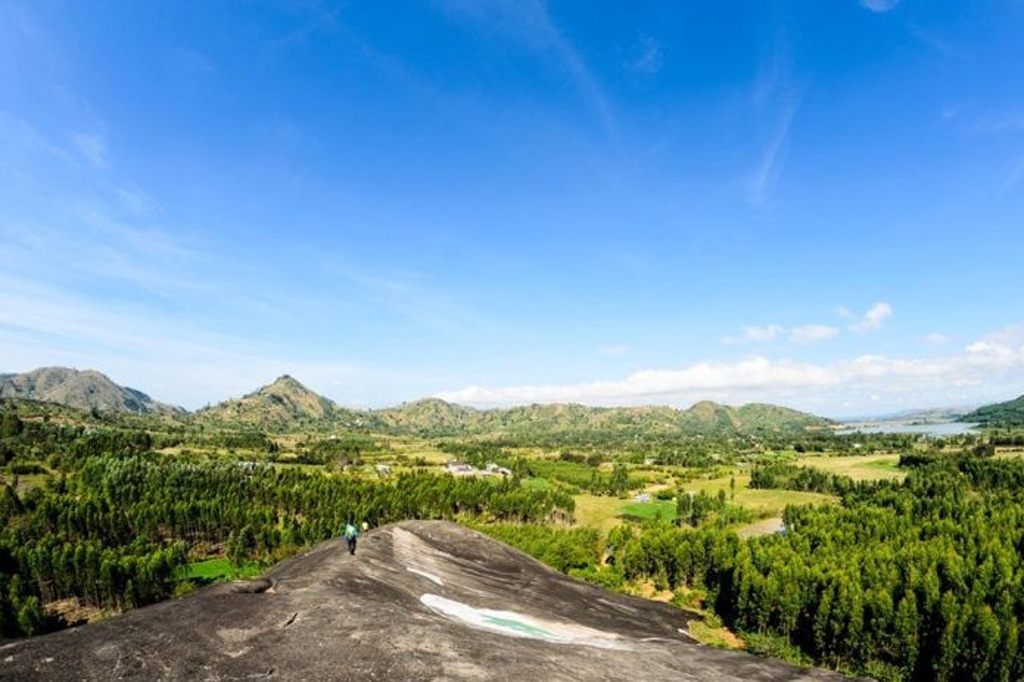
Distance: 530 m
Distance: 530 m
Distance: 550 m
Distance: 570 m
Distance: 570 m
Distance: 180 m
Distance: 300 m
Distance: 380 m
Distance: 410 m
Distance: 700 m
Distance: 740 m
Distance: 830 m
Distance: 920 m
Distance: 940 m
Distance: 950 m
Distance: 950 m
Distance: 1,000 m
Distance: 1.02 km
Distance: 1.02 km
Distance: 0 m
Distance: 280 m
Distance: 710 m
Distance: 810 m
Distance: 810 m
Distance: 950 m
Distance: 1.03 km
Distance: 1.06 km
Distance: 1.48 km
Distance: 1.50 km
Distance: 1.50 km
Distance: 1.50 km
Distance: 1.50 km
Distance: 4.17 km


